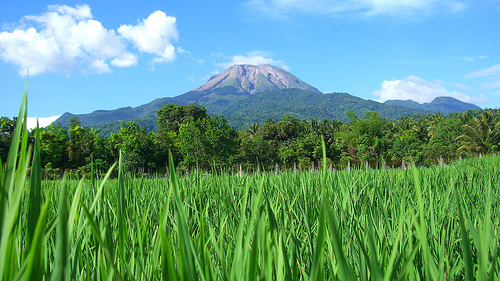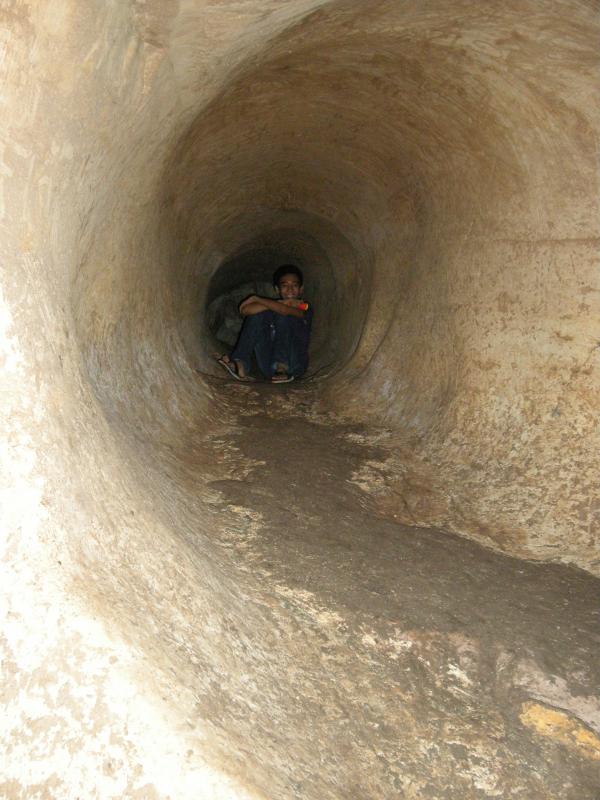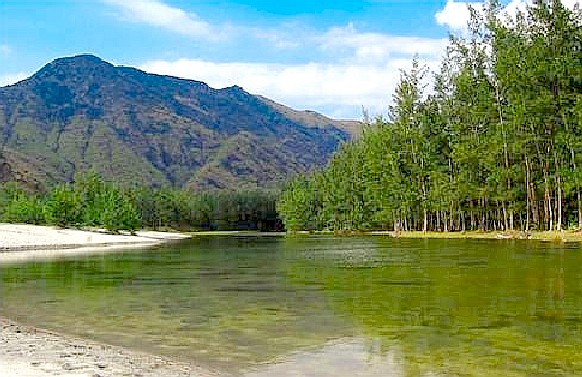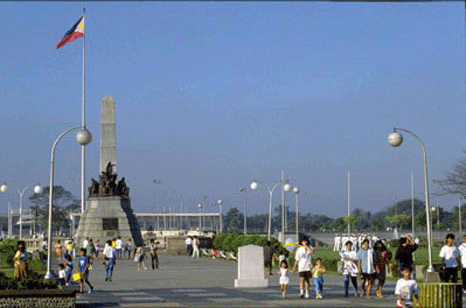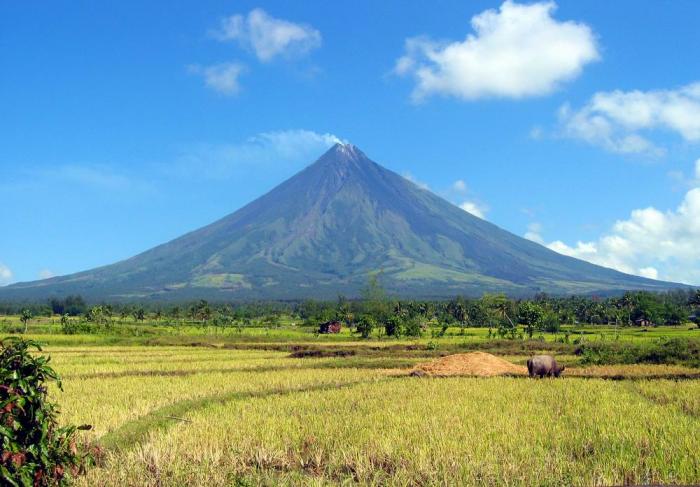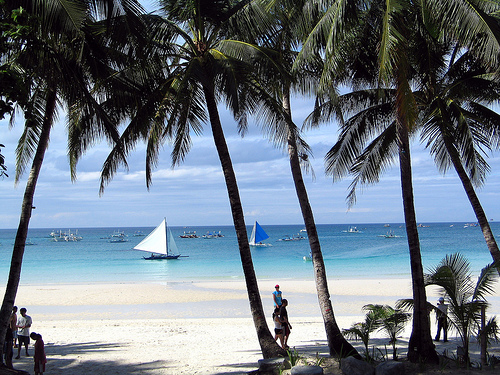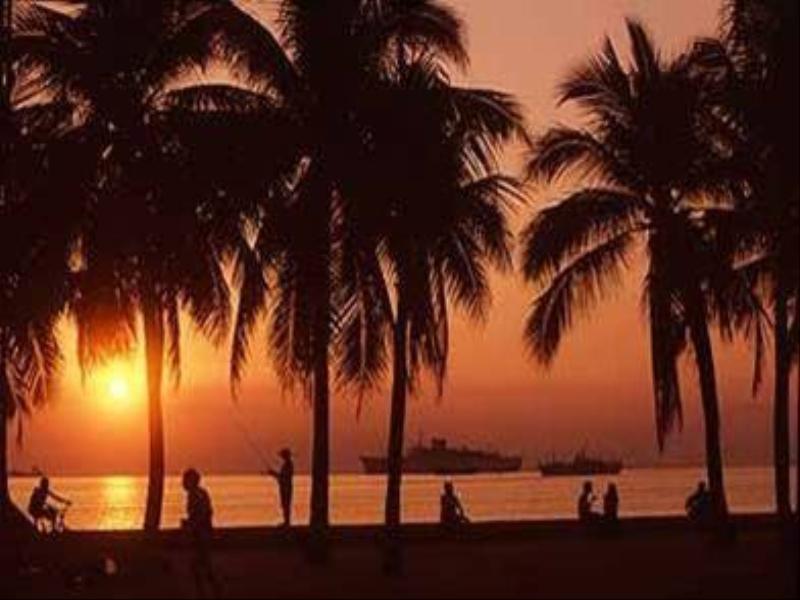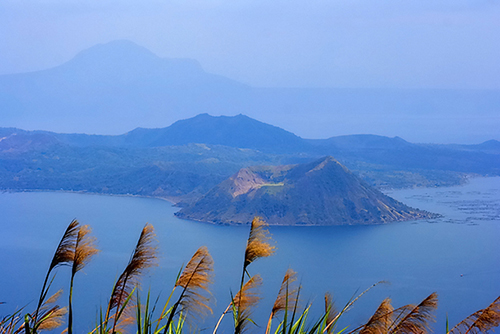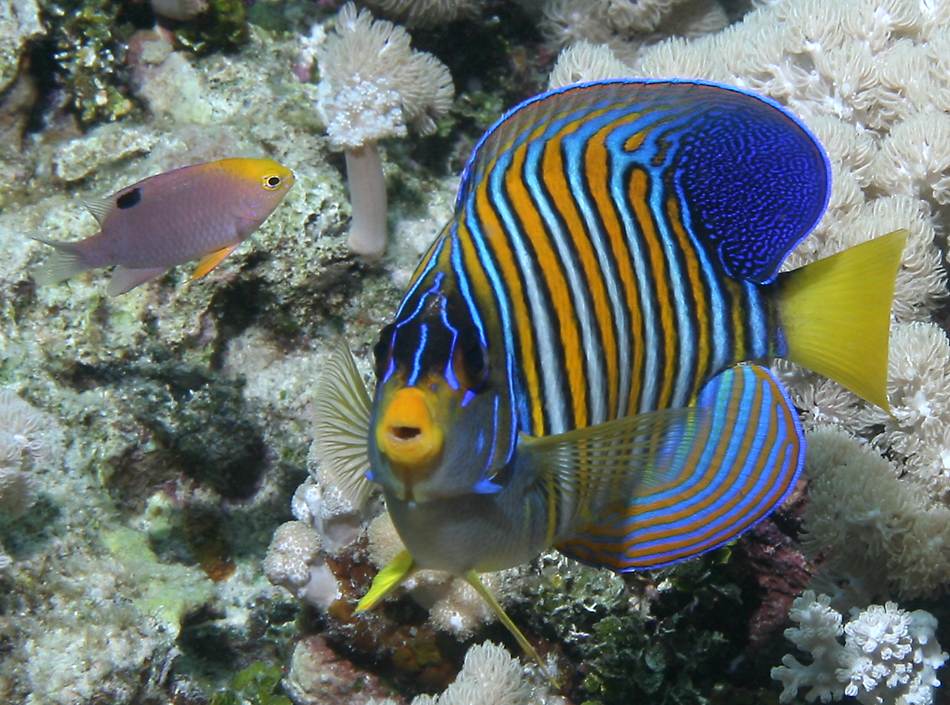INTERESTING PLACES
Zambales has a natural beauty, it has been touched by civilization yet has maintained its rustic ambiance and beauty. The Zambales coastline is most famous for its sandy beaches and deep blue sea teeming with coral reefs. Zambales is perfectly suited for visitors seeking an authentic view of the Philippines without going too far from the national capital, Manila.
It has many interesting natural and man-made places that you should visit, among them are:
Subic Free Port Zone
 Photo from: lemjaylucas.multiply.com
Photo from: lemjaylucas.multiply.com
Subic Bay Freeport Zone is in Region III (or Central Luzon Region) of the Philippines. It is one of the points in the growth triangle (and an engine for economic development) in the region. SBFZ is a supplier of services and products for the Central Luzon Development Program, a regional growth area composed of the provinces of Bulacan, Nueva Ecija, Tarlac, Pampanga, Bataan, and Zambales.
Subic Bay International Airport
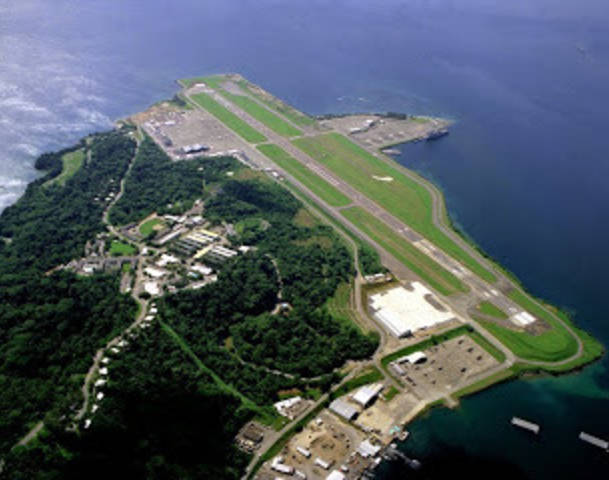 Photo from: philskies.net
Photo from: philskies.net
Subic Bay International Airport or SBIA (IATA: SFS, ICAO: RPLB) serves as a secondary airport and a main diversion airport of the Ninoy Aquino International Airport. It is also the airport serving the immediate area of the Subic Bay Freeport Zone and the general area of Olongapo City in the Philippines. This airport used to be the Naval Air Station Cubi Point of the United States Navy. Its airport terminal has 2 gates.
Looc Lake
Looc Lake, in Barangay Looc is the planned site for an open park for all ages and is to be developed as an alternative destination for quality time with nature and love ones.
For several years already, the lake had been adjudged the cleanest and greenest inland body of water in the region under the Gawad Pangulo sa Kapaligiran (GPK) program, formerly known as the Clean and Green program. Located 260 km northwest of manila and 47 km from the provincial capitol of Iba, Uacon is a “must-see” for nature lovers. Read more: tourism.zambalesnow.com
Anawangin Cove
Anawangin Cove is a crescent shaped cove with a pristine white sand beach. What makes the place unique is the unusual riddle of tall pine trees flourishing round its vicinity. There are no roads leading to Anawangin. The cove’s relative isolation has kept it free from development – as of this writing, there are no resorts on this sparkling piece of natural beauty, save for a few huts and deep wells.
Just behind the beach is the pine forest and a marsh, where one can find natural springs feeding to the sea. The area is home to a number of bird species.
Capones Island
Capones Island is famous for its average yet manageable surfs. On the right season, the island’s reefs offer well formed breaks for advance surfers. Pundaquit however has waves perfect for beginners ranging from 3-9 ft during season. This period commonly runs between July and December but the best timing to enjoy such adventure is within few days after a storm.
Mt. Pinatubo and Lake
 Photo from: tonetcarlo.wordpress.com
Photo from: tonetcarlo.wordpress.com
Mount Pinatubo is an active stratovolcano located on the island of Luzon, near the tripoint of the Philippine provinces of Zambales, Tarlac, and Pampanga.
Potipot Island
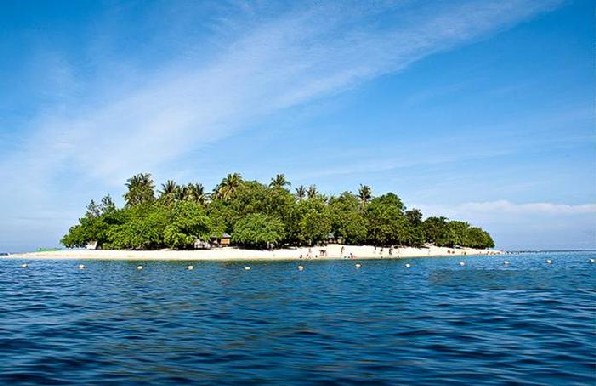 Photo from: jhaniedraftster.blogspot.com
Photo from: jhaniedraftster.blogspot.com
Off the coast of Zambales is a small Island called Potipot or literally means “Small white sand”. This is just one of the 7000+ stunning islands in the Philippines.
We all know that there are many beautiful beaches Zambales can offer. It has the Crystal Beach Resort, Nagsasa Cove, Anawangin Cove, Capones, Magalawa, and Hermana Mayor to name a few, but Potipot Island is maybe on the top of our list. The first time I saw the image of Potipot island on the internet, I promised to myself that I will step into this island no matter how far is it. Potipot Island is a perfect summer destination for everyone. For those people who are in a tight budget but looking for a great place to relax. We highly recommend visiting Potipot Island in Candelaria Zambales. Cheap, peaceful, and tranquil. Read More: https://wanderhacker.com/potipot-island-ultimate-diy-budget-travel-guide-and-itinerary/
Nagsasa Cove
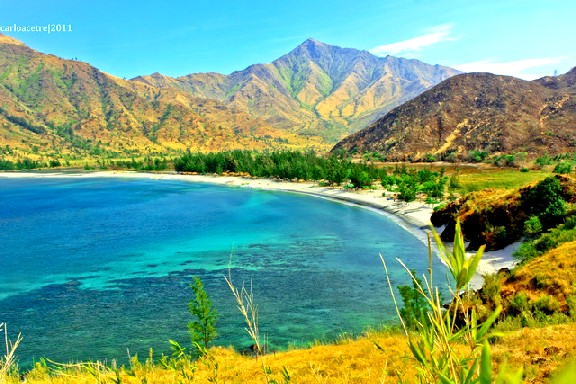 Photo from: digitalphotographer.com.ph
Photo from: digitalphotographer.com.ph
Nagsasa Cove which is just across the mountain of the wild tamaraw (Mt. Balingkilat), is just waiting to be explored. The quiet and relaxing scenery of the place, the crystal like blue clear water of the beach is calling you to refresh yourself in the water.
The place is waiting to be discovered. It is just a nice place to hang out with your friends under the bright moonlight, relax and be one with nature.
Camara Island
 Photo from: gemmasajise.multiply.com
Photo from: gemmasajise.multiply.com
Camara Island is the closest island from the shores of Pundaquit, Zambales. The island, like its close neighbor Capones, is also a big lump of rock with very little soil. Trees aren’t that many but because of the rock formations and angle of the island, it’s not hard to find shade and scenic spots for a great photo shoot.
The island has a great view of the open ocean. It has two sides separated by a white sandbar that becomes visible during the lowtide and disappears during the high tide. Big rocks that dwarf the tourists are plenty on this island. It won’t be long till you find yourself taking photos of them or with them and just be astonished by their size and weight. Read More: pundaquit.com
Pundaquit Waterfalls
 Photo from: flickrhivemind.net
Photo from: flickrhivemind.net
Unknown to many, Pundaquit has some noteworthy waterfalls that are often overlooked by people who are mostly excited about going to Anawangin. A short 15-minute trek from the main resorts of Pundaquit reveals unnamed, refreshing waterfalls.
Crystal Beach Resort
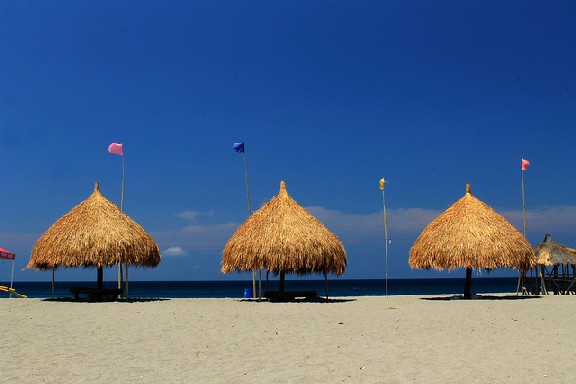 Photo from: flickr.com/photos/eazy360/7016867339
Photo from: flickr.com/photos/eazy360/7016867339
Crystal Beach Resort is the most popular beach resort in San Narciso, Zambales. It is known for its shore lined with pine trees, comfortable accommodation, and well-maintained grounds. This place is one of the best surfing spots in the province. Unlike other beaches in Zambales that boast white sands, Crystal Beach Resort offers black sand (those viral photos you see in Facebook are deceiving).
If you are looking for an Instagram-worthy beach resort with nice accommodation and can offer outdoor activities such as camping and surfing, Crystal Beach Resort is definitely a very good option. However, if you are looking for a beautiful, serene, white-sand beach where you can do soul searching, sorry to burst your bubbles, skip this place and go to other more beautiful and relaxing beaches in Zambales where alternatives are abundant. Read More: https://tourandtravel2017.wordpress.com/2017/03/13/crystal-beach-resort/
Anghalo Falls
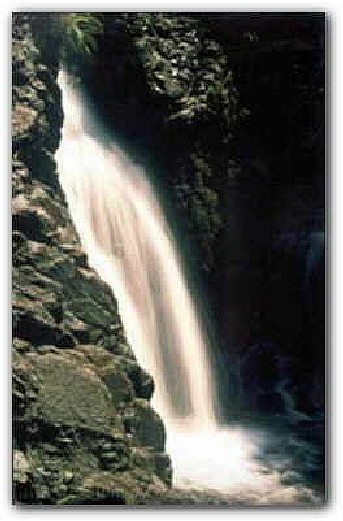 Photo from: angelfire.com
Photo from: angelfire.com
From Macolcol bridge, looking at the direction of Mt Kimmalogong, at its base below its summit, you can see during heavy rains, a cascade of water. This is the Ang-halo Falls. It falls into a carved out area known as Lubong-Uneg (translated as “inner world” or more aptly “inner bowl”. Then there is Lubong downstream from it. It then opens up into the rice/farm fields of Karampoan. Therefore the foothill just below Mt Kimmalogon.
During dry spells, the waterfall does not dry out. It just goes down as a trickle, but it still flows but no longer seen fron the Macolcol bridge. There is a 20 ft deep swimming hole at the top of the falls, and the legendary “Tugot ni Ang-halo” or “Mark of Ang-halo”. Ang-halo is a legendary giant of an ancient time. The giant knelt down to take a drink of water above the waterfalls and left the imprint of his toes, knee, and hand in the bedrock. – angelfire.com
Hermana Mayor Island
 Photo from: panoramio.com
Photo from: panoramio.com
Finally we approached the Hermana Islands. Hermana Menor, also with its own airstrip, is 2.5 nautical miles directly west of the headland at Santa Cruz, Zambales. Nearly four nautical miles northwest lies Hermana Mayor.
My first impression was, Wow, that’s a pretty airfield! Manicured like a golf fairway, with a well-marked 1,000-meter x 60-meter grass runway. The island was everything I imagined. There is a boat house, guest cabanas and unspoiled interior wilderness, including jungle, a savanna, a fresh water lake, and spectacular beaches. Read More: https://tonetcarlo.wordpress.com/2009/07/18/hermana-mayor-zambales/
San Salvador Island
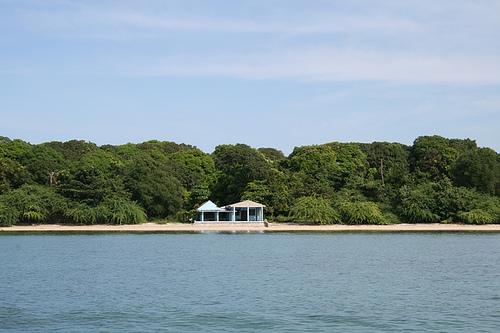 Photo from: myspace.com
Photo from: myspace.com
San Salvador Island Beach Masinloc and its shorelines are most traveled, San Salvador Island Beach is a preferred location for Holiday Retreat Travel Tour and Water Sport. Clean Sand and Epic view of Sunrise and Sunset on San Salvador Island Beach makes it a ultimate destination. San Salvador Island Beach has stunning shoreline comes in at number one. The unblemished sand extends is long and beautiful, smack blast amidst warm sun, with completely clear waters ideal for snorkeling. It’s the most shot beach in as per Tourist Reviews. Water Sport on San Salvador Island Beach is renowned one. San Salvador Island Beach situated in Masinloc, Zambales, Philippines. Read More: https://www.hotelbeachside.com/top-10-most-beautiful-beaches-in-philippines/sansalvadorislandbeach.htm
Pinayungan Cave
A rare oppurtunity to trailblaze the path covered by the volcanic eruption as one visits a community in San Marcelino town now transformed into a lake-all caused by lahar situation of river channels. Take a boat ride and see more than 600 houses, schools and churches permanently submerged in a huge body of water. From the high trail, one may get a close-up view of the volcano.
Ina Poon-Bato Shrine
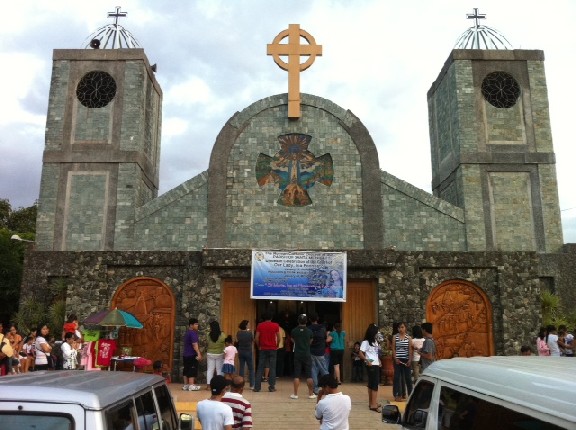 Photo from: inapoonbato.webs.com
Photo from: inapoonbato.webs.com
Augustinian friars, the first missionaries to arrive in Botolan in the latter part of the 17th century, said they were stunned to find the Aetas venerating a wooden statue of the Virgin Mary even before Christianity made inroads in the Philippines. The oral legend that has passed on to present-day Aetas is that their chieftain Djadig discovered the image while resting near a riverbank after a futile food-gathering expedition during a long drought. The chieftain was awakened by a female voice that said, “Stand up, Djadig. Come to me. Take me home with you.” At home, Djadig’s wife was angry that he had failed to find any food. She threw the statue into the fire. But it was not damaged, and Djadig enshrined it on the rock where he had found it. In 1712, Dominican missionaries installed the image, then called the Nuestra Senora de la Paz y Buen Viaje (Our Lady of Peace and Good Voyage), in the town’s church, which the Aetas never failed to visit. Accounts said Aglipayans stormed the church in May 1897, and took the image with them after killing parish priest Juliano Jimenez del Rosario. Since then, the image has graced the Aglipayan chapel at the foothills of Mt. Pinatubo. In the 1980s, Zambales Bishop Henry Byrne and his successor Bishop Paciano Aniceto approved the mission to make the image the rallying symbol for the Holy Rosary Crusade for World Peace, a project of the Balikatan sa Kaunlaran Foundation. On the seventh anniversary of Pope John Paul’s papacy in 1985, the image stood beside the Pope’s altar.
Santo Nino Cave
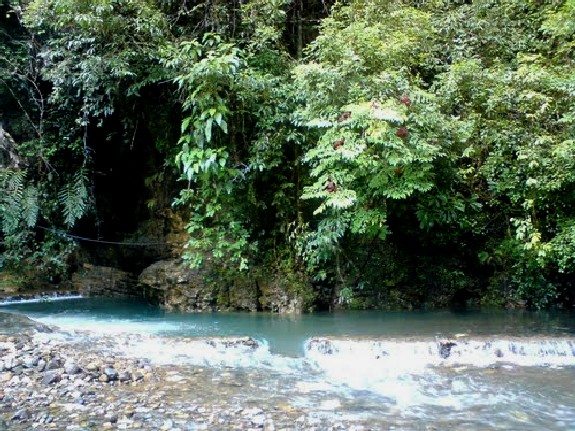 Photo from: panoramio.com
Photo from: panoramio.com
Carved out of a fissure on the earth’s crust, this carved measures about 50 by 75 meters. At its central wall sits an altar with the images of the Holy Family. The weird cross in the background is a makeshift of human femur bones.
Silaguin Bay
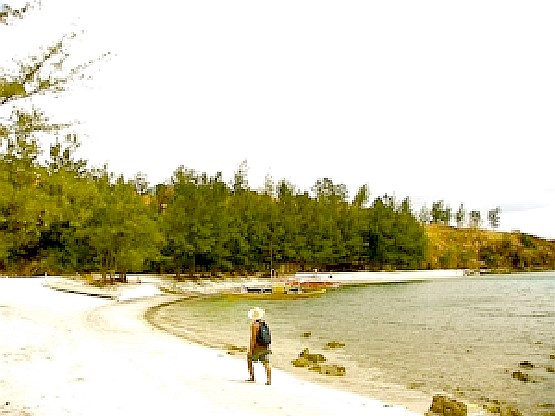 Photo from: superbsanantonio.com
Photo from: superbsanantonio.com
Our destination for that day was Silanguin Cove, the farthest of the newly “rediscovered” beaches in San Antonio, Zambales. While it bears many similarities with its neighbors, Silanguin is definitely the odd man out. While Nagsasa, Talisayin, and Anawangin are covered with volcanic ash, Silanguin is strewn with regular sand. It is not white-white. It’s not even beige. It is gray at best. But don’t judge the beach by its color. It has the most stunning backdrop. Reddish hills frame the cove, a stark contrast to their virid feet. Read More: https://www.thepoortraveler.net/2014/04/silanguin-cove-zambales-island-philippines/
Snake Island
 Photo from: wonderingthings.info
Photo from: wonderingthings.info
An island with a complete recreational facilities very ideal place for relaxation. Includes swimming, scuba diving, boating and other water sports such as regatta, water skiing and wind surfing.
World War II Wrecks Diving Sites
 Photo from: thephilippines.com.au
Photo from: thephilippines.com.au
Zambales has great wreck diving spots and it is actually considered as the wreck diving capital of the Philippines – with most of it concentrated in the Subic area, the former site of one of the biggest naval bases of the Americans in the area. During World War 2, at least 25 Japanese ships were sunk off the Zambales coast – some of which were probably salvaged immediately during the immediate postwar period to open up Subic Bay for shipping. Rumors have it that there are at least 10 large ships or more that lie in its waters. Aside from World War 2 wrecks, the remains of the San Quentin (sunk in 1898), a wooden gunboat, lies nearby Grande Island. San Quentin is the oldest known wreck in the Subic area. Other wrecks include the USS New York (between Alava Pier and Cubi Point), El Capitan (Ilanin Bay), LST (near Grande Island), Oruku Maru (near Alava Pier), Patrol Boat (Triboa Bay) and LCU Landing Vessel (Triboa Bay).
Sources: tourism-philippines.com, angelfire.com
TABLE OF CONTENTS
Zambales is Found in Region III in Central Luzon
The Sweet Mango Province of Zambales
Interesting Places in Zambales
Colorful Festivals in Zambales
Other Visitors Also Viewed:
Enjoy a Sparkling Swim at the Paradise Island Park and Beach Resort
Aguacan Cold Spring in Compostela Valley
Pandayan Festival – Showing Off Ilonggo’s Blacksmith Expertise
Solili Festival is the Celebration of the Day of Siquijor
Wonderful Beaches and Resorts in Bataan
Tongatoc Cove Offers a Breath-Taking View
Itbog Twin Falls Offer Double Fun and Enjoyment
Paadjao Falls – 15 Feet of Cascading Water for a Refreshing Enjoyment



